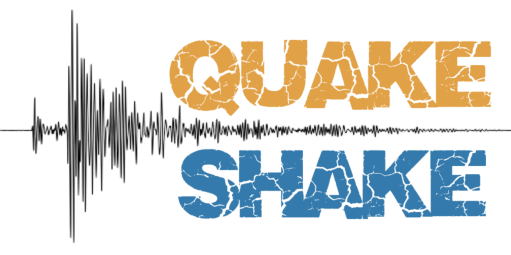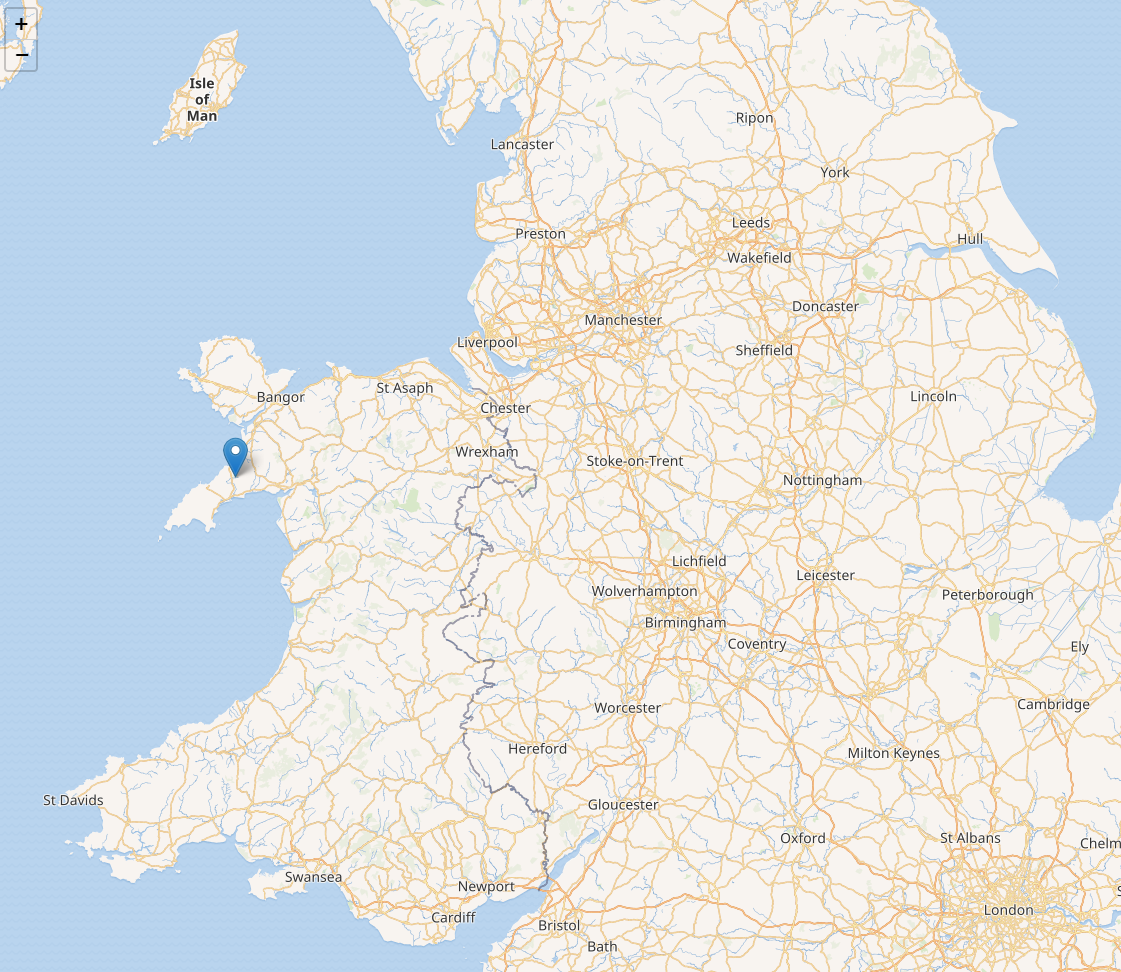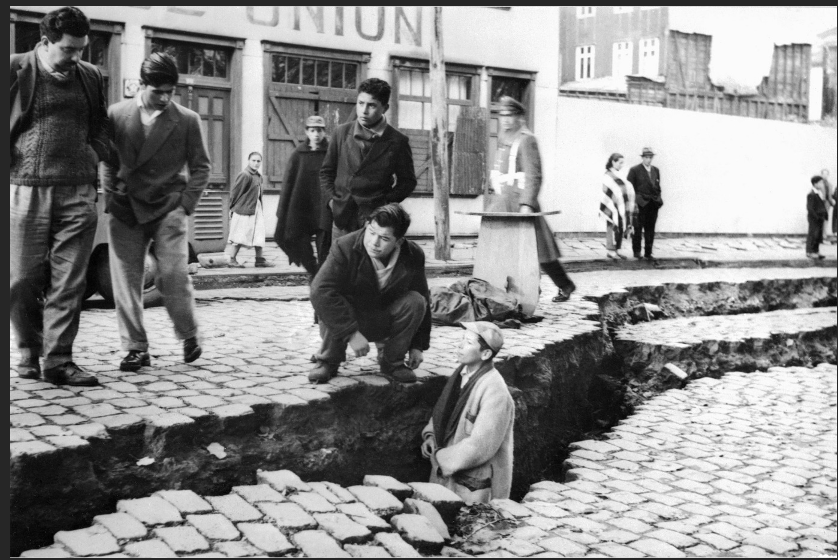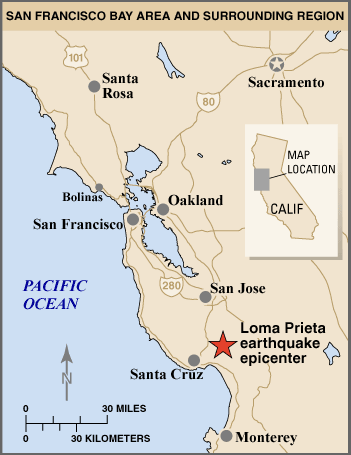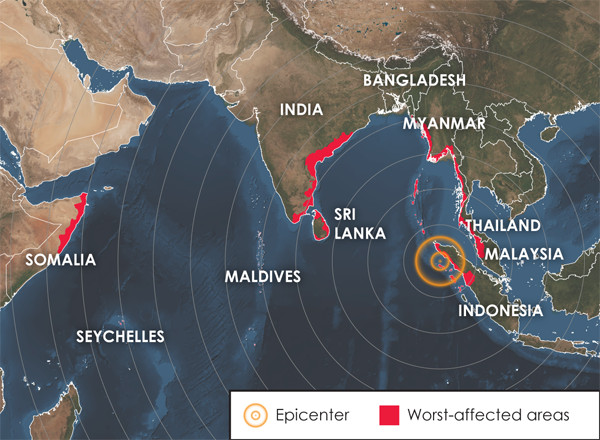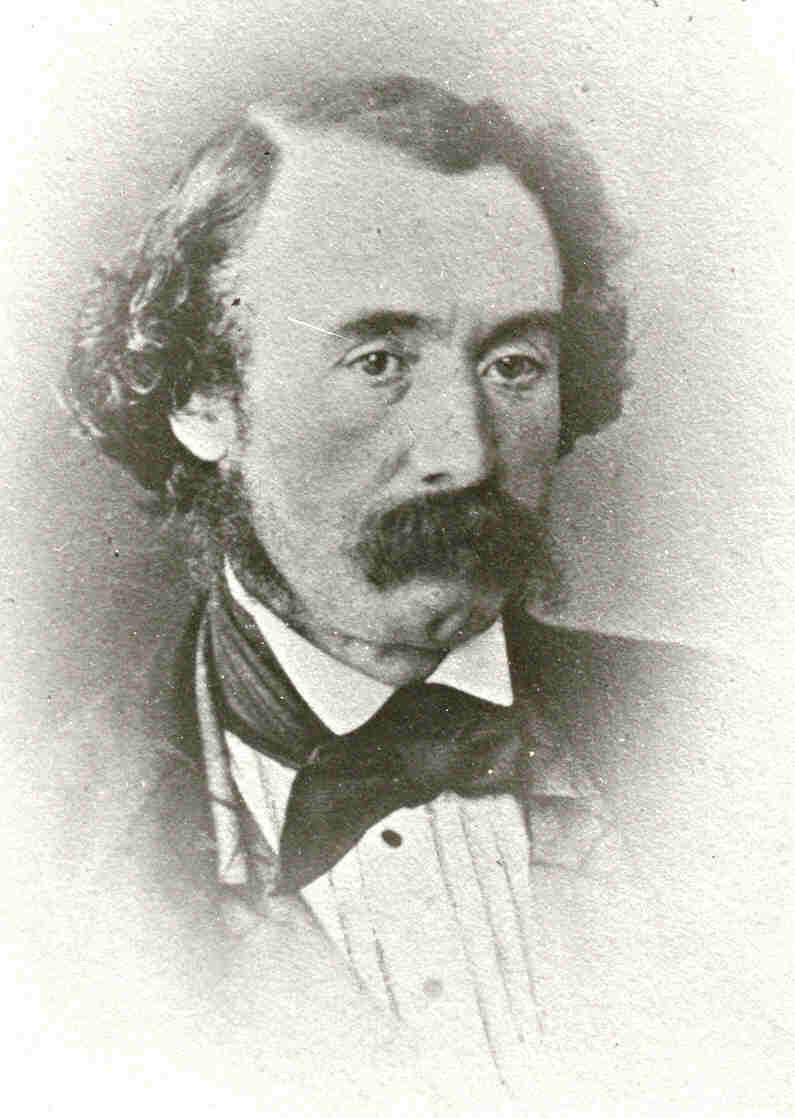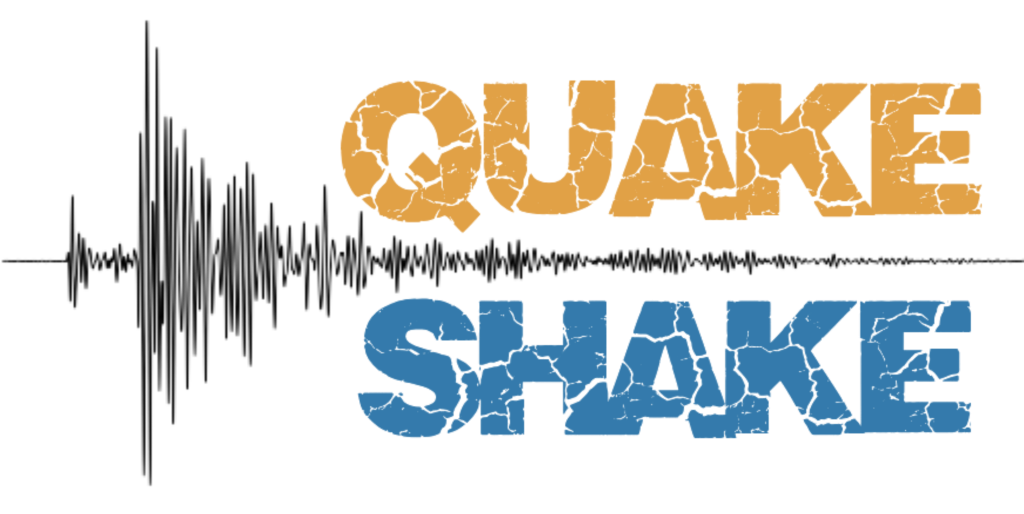Drop! Cover! Hold On!
These historic earthquakes serve as poignant reminders of the Earth's intricate geological dynamics and their profound impact on societies worldwide. They have led to advancements in understanding, preparedness, and response strategies, contributing to safer and more resilient communities in earthquake-prone areas. If you find yourself experiencing an earthquake always remember to Drop, Cover and Hold on.

